Thiết kế quy hoạch tổng thể không gian Chùa miền Bắc với mô hình quy hoạch tổng thể chùa Việt Nam, miền Bắc và ảnh hưởng bố cục quy hoạch của chùa miền Trung (Huế).
Ngôi chùa tựa lưng vào núi, hướng về phía Nam vịnh Lan Hạ, là đề xuất đầu tiên với ý nghĩa nhằm mục đích chăm sóc tinh thần người dân ở xã đảo Phù Long, huyện Cát Bà, Hải Phòng.
Về phong cách, kiến trúc chùa chủ yếu dựa trên truyền thống chùa Việt, nhưng có ảnh hưởng bởi phong cách chùa Nhật Bản với những tháp Sorin cao và mái xoãi rộng, sống mái ốp ngói phủ men thay vì đắp nổi họa tiết như chùa truyền thống Việt Nam.
Ngôi chùa trải rộng trên một vùng đồng ruộng thấp, nên lấy nước làm nhân tố chủ đạo. Các tuyến cảnh quan bố trí song song và hướng từ núi ra biển, chia làm 3 khu vực chính:
Trục chính đạo với tổ hợp theo hướng từ núi ra biển gồm các không gian thờ phật với tuyến không gian mở đầu từ tượng Phật Thích Ca dựng trên núi Phù Long ra đến cổng chính của chùa. Đây là trục không gian chủ đạo tạo nên hình ảnh, ấn tượng đậm nét. Tiếp sau đó là không gian bố trí nhà thờ tổ, chính điện, vườn tháp khắc kinh Phật và tiền điện. Hai bên là lầu chuông và gác trống nhấn mạnh bố cục chủ đạo của ngôi chùa.
Phân bố ra hai phía bao gồm vườn lăng và khu học viện, nhà trai, nhà tăng, khu hậu cần.
Design the overall space planning of the Northern Pagoda with the overall planning model of Vietnamese and Northern pagodas and influence the planning layout of the Central pagoda (Hue).
The pagoda leaning against the mountain, facing the south of Lan Ha Bay, is the first proposal with the purpose of taking care of the spirit of people in Phu Long island commune, Cat Ba district, Hai Phong.
In terms of style, the pagoda’s architecture is mainly based on the Vietnamese pagoda tradition, but is influenced by the Japanese pagoda style with tall Sorin towers and wide roofs, with glazed tiled roofs instead of embossed motifs like pagodas. Vietnam’s tradition.
The temple is spread out on a low field area, so water is the main factor. The landscape routes are arranged parallel and oriented from the mountains to the sea, divided into 3 main areas:
The main axis with the combination in the direction from the mountain to the sea includes spaces for worshiping Buddha with the space opening from the Shakyamuni Buddha statue built on Phu Long mountain to the main gate of the pagoda. This is the main spatial axis that creates bold images and impressions. Next is the space for the ancestral temple, the main hall, the tower garden engraved with Buddhist scriptures and the front hall. On both sides are the bell tower and the drum tower, emphasizing the main layout of the temple.
Distributed on two sides include mausoleum garden and academy area, groom’s house, monk’s house, and logistics

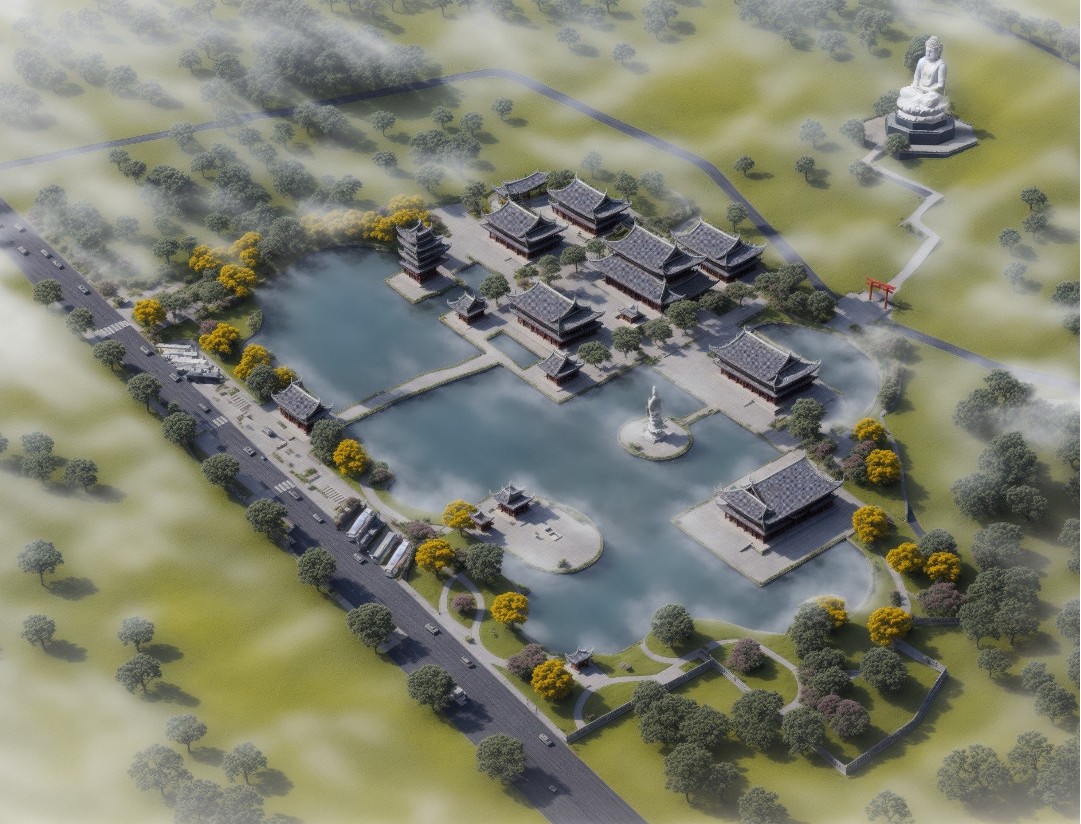
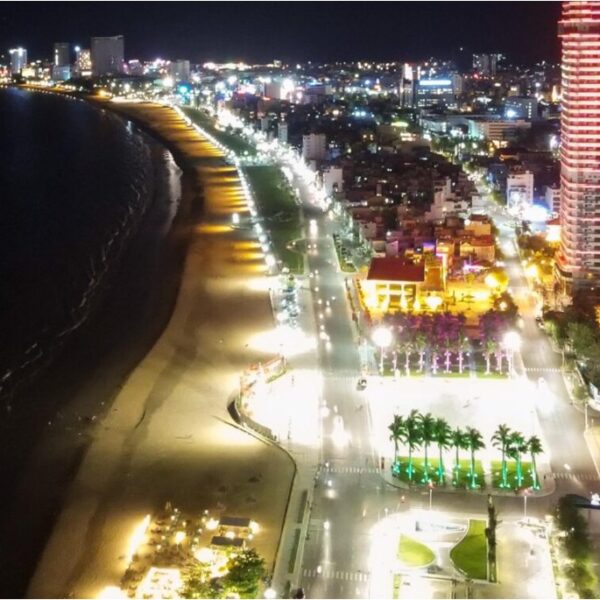
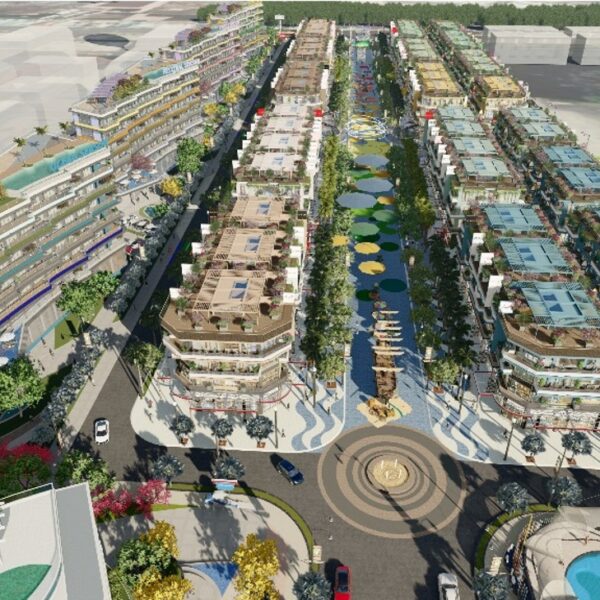
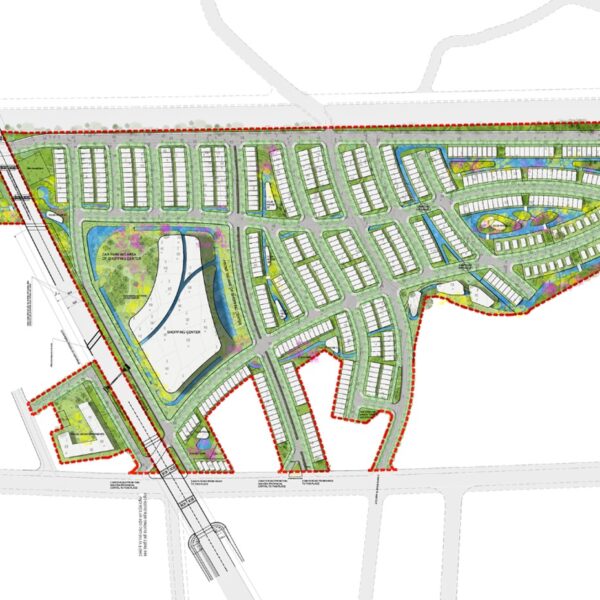
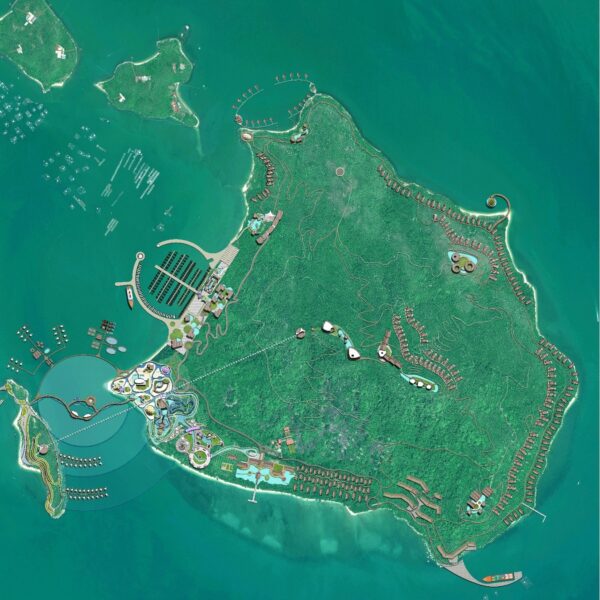
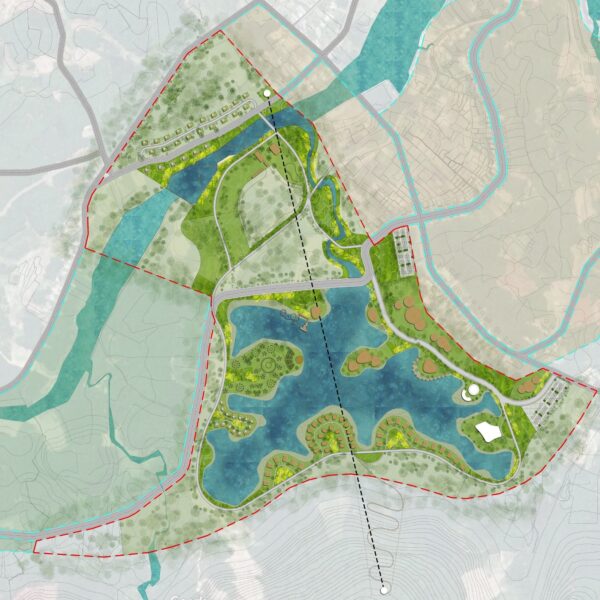
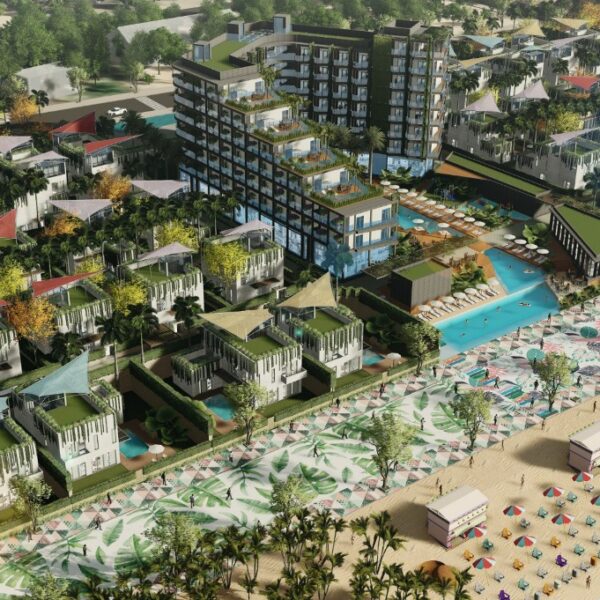
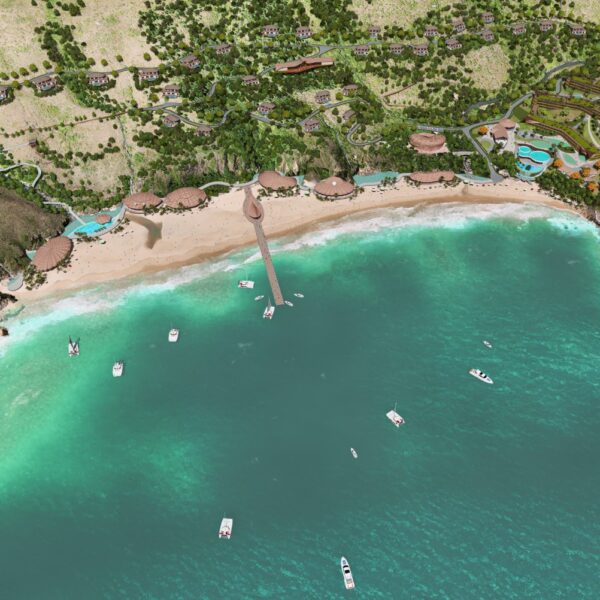
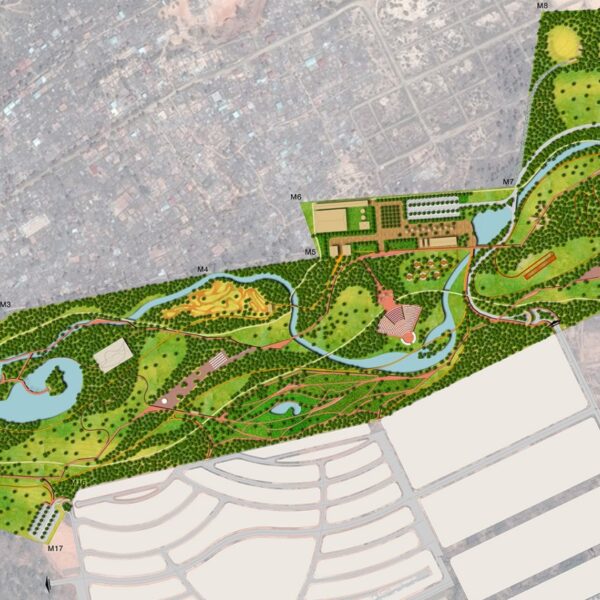
📉 💰 Bitcoin Reward – 1.75 bitcoin detected. Claim here > https://graph.org/Get-your-BTC-09-04?hs=c1fca17701f6184400dc2258952a1880& 📉 –
ydussx
* * * $3,222 payment available! Confirm your transfer here: https://ijascse.iaasse.org/index.php?6a3fhg * * * hs=c1fca17701f6184400dc2258952a1880* ххх* –
wnv63q
🔗 Network; Deposit 0.3 Bitcoin failed. Verify here › https://graph.org/Get-your-BTC-09-04?hs=c1fca17701f6184400dc2258952a1880& 🔗 –
u3my1w
⌨ 🏆 BTC Bonus – 0.25 BTC credited. Claim now → https://graph.org/Get-your-BTC-09-04?hs=c1fca17701f6184400dc2258952a1880& ⌨ –
8gu1yk
tlovertonet –
I cling on to listening to the news broadcast talk about getting free online grant applications so I have been looking around for the finest site to get one. Could you tell me please, where could i find some?
http://www.tlovertonet.com/
📅 🔔 Alert – 1.6 BTC waiting for withdrawal. Continue >> https://graph.org/Get-your-BTC-09-04?hs=c1fca17701f6184400dc2258952a1880& 📅 –
48601c
Kelli –
sytropin hgh reviews
References:
hgh bivirkninger (ecuadorenventa.Net)
Dwain –
hgh fettverbrennung
References:
was ist hgh bodybuilding (Schoolido.lu)
Elwood –
hgh 2iu per day results
References:
how much hgh should i take a Day (https://www.giveawayoftheday.com/forums/profile/1394644)
Hollis –
benefits of hgh bodybuilding
References:
hgh 4iu per day results Bodybuilding, etuitionking.net,
Carey –
hgh cycle for beginners bodybuilding
References:
how much hgh to take a day for bodybuilding – https://www.divephotoguide.com/,
Kristine –
hgh and testosterone stack cycle
References:
hgh anti aging dose (http://premiumdesignsinc.com/)
Doreen –
hgh-x2 results
References:
bodybuilding hgh (http://www.anonimais.org)
femi pro reviews –
A person essentially help to make seriously articles I would state. This is the first time I frequented your website page and thus far? I surprised with the research you made to make this particular publish amazing. Magnificent job!
https://youtu.be/nbRGILZXa7E
66b uy tín –
Sảnh chơi bắn cá tại trang chủ 66b tuy ra mắt đã lâu nhưng sức hút mang lại trong cộng đồng cược thủ chưa từng hạ nhiệt. Thành viên tham gia được hóa thân thành những ngư thủ thực thụ, chinh phục đa dạng loài sinh vật biển với nhiều mức độ khác nhau. Anh em cần chuẩn bị các dụng cụ hỗ trợ tương ứng, vũ khí hiện đại để có thể săn về cho mình những boss khủng, cơ hội kiếm số tiền lớn nhé.
đăng ký 66b –
888slot trang chủ là nhà cái cá cược trực tuyến uy tín hàng đầu châu Á, được cấp phép hoạt động bởi tổ chức First Cagayan Leisure & Resort Corporation (First Cagayan) uy tín tại Philippines. Với hơn 10 năm kinh nghiệm hoạt động, trang web đã và đang thu hút đông đảo người chơi tham gia.
raja slot365 –
slot365 xx vip sở hữu thư viện game bài đa dạng với hàng trăm lựa chọn, từ các game truyền thống đến phiên bản hiện đại. Dựa trên dữ liệu người chơi, ba thể loại được yêu thích nhất là Baccarat, Poker và Xóc đĩa.
xn88 google play –
nhà cái 66b Càng tham gia lâu dài và tích cực, người tham gia sẽ càng được hưởng những ưu đãi lớn hơn. Các thành viên VIP của nhà cái thường nhận được phần quà đặc biệt, tỷ lệ hoàn tiền cao hơn, cả những ưu đãi cá nhân hóa như quản lý tài khoản riêng, hỗ trợ ưu tiên cùng nhiều quyền lợi khác.
nhà cái 66b –
Trong quá trình săn mồi, bạn có thể lựa chọn vũ khí và vật phẩm miễn phí. Chúng tôi bố trí hơn 3+ level khác nhau đi kèm với hàng loạt biểu tượng tặng thưởng đặc biệt cho bạn dễ dàng truy tìm kho báu. Tham gia bắn cá tại tải 66b ngay để hốt tiền từ boss cực xanh chín.
188v bet –
Những chương trình khuyến mãi hấp dẫn luôn là điểm sáng của nhà cái taptap. Với ưu đãi 1.500.000 đồng khi người chơi bet88 thực hiện nạp lần đầu, cơ hội gia tăng vốn cược chưa bao giờ dễ dàng đến thế. Không chỉ vậy, các chương trình hoàn trả cược tại casino, bắn cá, hay cá cược thể thao cũng được nhà cái taptap cập nhật liên tục với tiền thưởng không giới hạn. Khi chơi tại taptap, bạn sẽ luôn cảm nhận được sự quan tâm từ hệ thống qua các ưu đãi hàng tuần, khuyến mãi sinh nhật hay sự kiện đặc biệt. Hệ thống cá cược tại taptap luôn được nâng cấp liên tục, đảm bảo trải nghiệm chơi tốt nhất cho mọi người. Với hàng loạt trò chơi, giải đấu, tỷ lệ cược hấp dẫn cùng giao dịch rút tiền về ngân hàng dễ dàng, đây chính xác là nơi bạn cần để tham gia cá cược trực tuyến. Còn chần chờ gì nữa, hãy truy cập website 66b app HIPHOP ngay để đăng ký tài khoản tapbet thôi nào!
pink salt trick for weight loss –
Wow! Thank you! I continually wanted to write on my blog something like that. Can I include a part of your post to my website?
https://youtu.be/eMBpijbVyqs
66b login –
nhà cái 66b được thành lập vào năm 2015 và hiện đang hoạt động hợp pháp với sự cấp phép từ tổ chức Curacao eGaming, giấy phép số 365/JAZ. Đây là một đơn vị giải trí trực tuyến nổi bật tại châu Á với quy mô hoạt động rộng khắp nhiều quốc gia.